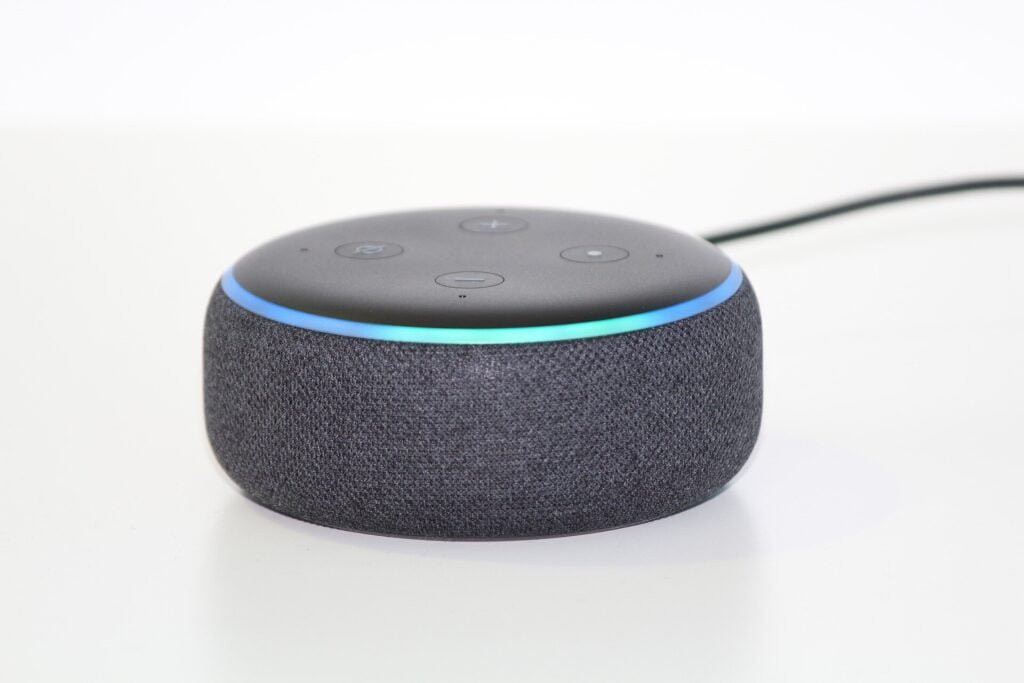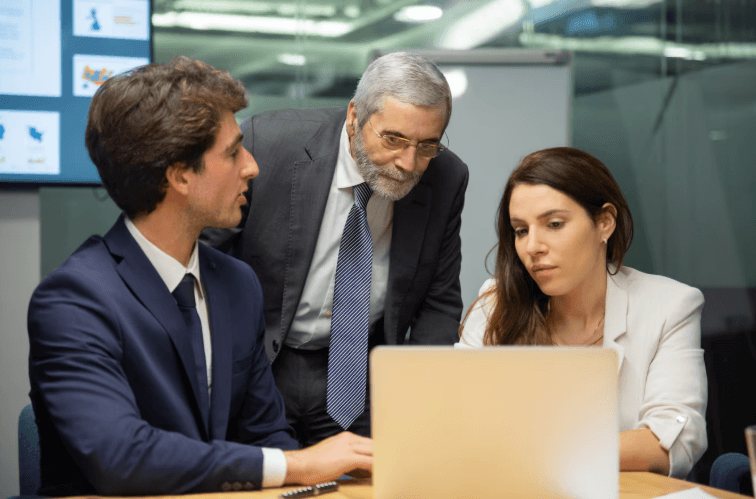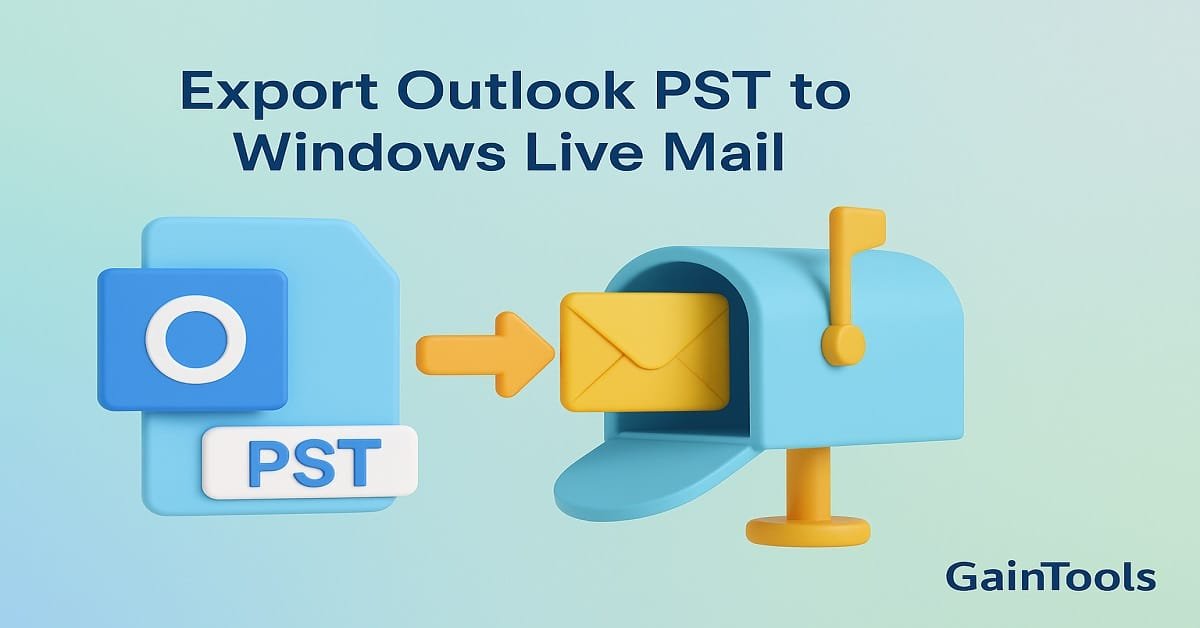Early into the millennium, science fiction movies used to show us a very cool scenario where a person comes home and starts talking to their computer, and everything would get sorted out on its own. Modern technological advances have rendered this fascinating scenario very realistic, and hence, made that science fiction movie scenes way less cool.

The luxury of having an assistant helping us with our daily needs is being adopted more and more at a rapid pace. From important Google searches to simply passing the time by having a chat with Siri and playing your favorite playlists, people have generally started enjoying the role of voice assistants in their lives.
Daily instances where voice assistants come of help
Voice assistants provide us the privilege to carry out numerous day-to-day computing requirements through verbal commands. Imagine checking the weather or ordering food online, and even listening to stories and songs, you can ask your voice assistant to do it for you and consider it done. Even official tasks such as sorting meetings, attending calls, and setting “Do not Disturb” statuses can be performed smoothly through the effective use of voice assistants.
Voice recognition and its marvel
The evolution of machine learning and voice AI and its subsequent advancement has been very instrumental in developing voice recognition technology. We, humans, like to speak more than we want to write, and voice recognition makes it easier for us to carry out multiple tasks with the help of only our voice and the Internet, of course. But we seldom wonder how this marvel of technology actually functions. Let us delve deep and understand how.
How does it work?
Voice assistants are basically applications that function based on ASR or Automatic Speech Recognition. ASR systems work by recording the speech and then breaking it into several phonemes. These phonemes are then processed into text. For the unaware, a phoneme can be defined as the basic unit of measurement of human voice recognition. Word decoding isn’t as efficient as Phoneme recognition as the former analyzes words as the standalone unit, which ignores the contextual limits of the speech.
Irrespective of the software used for speech recognition, the crux lies in the ASR. Every virtual voice assistant application is developed with an efficient ASR at its core. The ASR starts functioning with gathering the audio using its microphone recording feature. The speech is received in the form of waves and delivered directly for acoustic analysis, which is explained briefly through its three levels.
⦁ Acoustic modeling – It determines the phonemes that the user pronounces and what words can be formed using them.
⦁ Language modeling – It helps in ascertaining contextual probabilities depending on the phonemes that were recorded and analyzed.
⦁ Pronunciation modeling – Analyzes how these phonemes are pronounced concerning accents and other vocal irregularities. It aids in understanding and capturing the phonetic variations in the user’s speech.
AI processes the entire data without any interference from humans. Machine learning helps in minimizing the error rate with its acquired improvements. The data acquired from the speech is then delivered to the decoder, where it is turned into texts and then treated as dictation or command.
What is a signal word?
A signal word is simply the name of your voice assistant. It’s like your friend who responds when you call his or her name. Similarly, when you say the signal word, it acts as a trigger or cue for the assistant to start recording the speech. The signal word tells it to wake up and start its work. After recording, it waits for a few seconds to confirm you have finished your request. It then transmits your speech to its database for further processing.
Smart speakers and their role
The smart speaker can be considered as the connecting link between you and your voice assistant, which facilitates all the communication. It acts as an input-output audio device amidst all the processing performed by the ASR. It uses its microphone to record your speech and its speakers to feed you the processed output. Their connection to the Internet and the ability to interact with the ASR lends them the smart attribute.
For the voice-enabled world, so-called smart speakers have shown to hold a lot of potentials. These have a microphone to “hear” and speakers to communicate back to us or play music. The smart part is their direct connection to the Internet and advanced speech recognition software.
Role of the decoder and AI
The decoder translates the analyzed phonetic data into texts and treats it as a command or diction. AI enhances the vocabulary of the voice assistant application with cloud storage for familiarizing with numerous words and phrases. All voice assistant applications such as Siri, Cortana, and Google Assistant are based upon deep neural network support from the backend.
You must read also How VR can help your Business Improve Employee Safety and Security
Conclusion
Voice assistants are a wonder to work with and make our lives more convenient. Its working principle is even more fascinating and shows it’s potential in developing further.






Tech content on this site may include contributed articles and partnerships with industry voices. Learn more in our Editorial Policy.